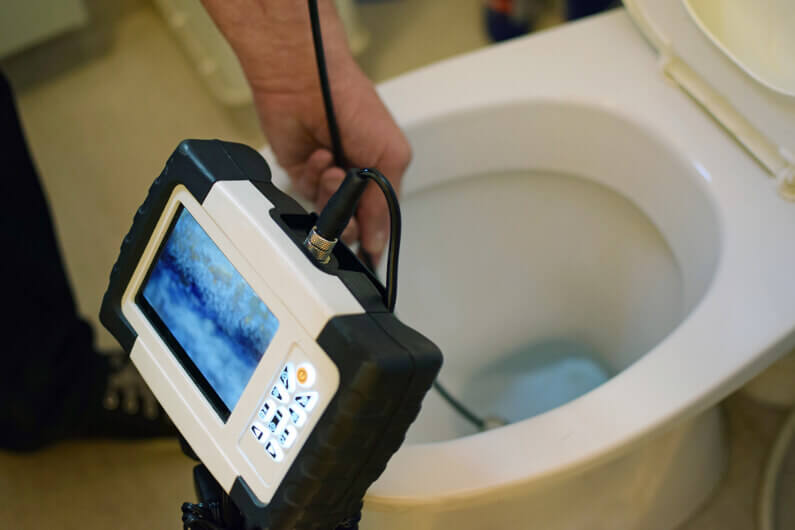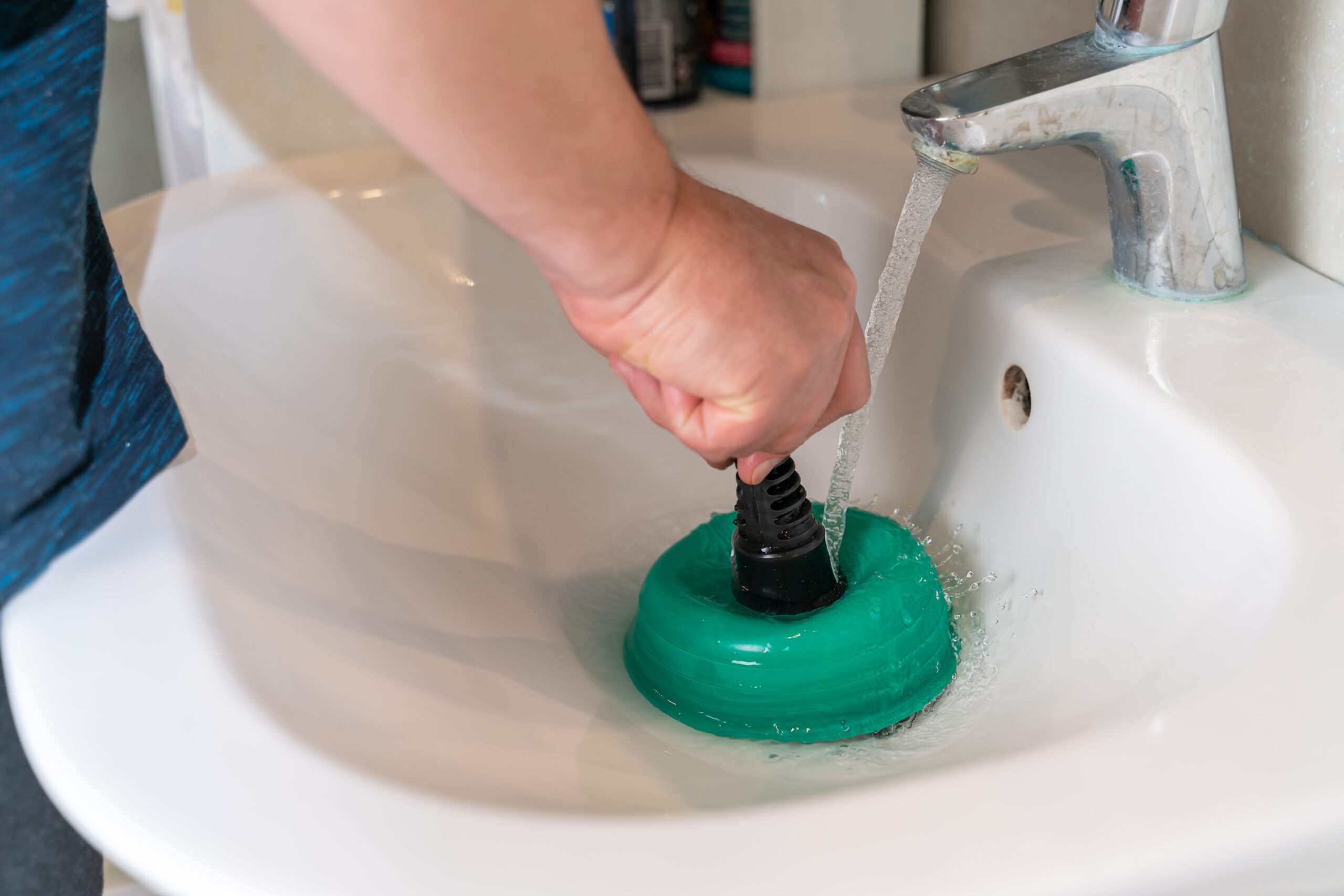Methods for Unclogging a Blocked Drain Prior to Consulting Plumbing Professionals
Methods for Unclogging a Blocked Drain Prior to Consulting Plumbing Professionals
Blog Article
The article which follows involving 8 Tips For Clearing A Blocked Drain is immensely attention-grabbing. Don't bypass it.

Introduction
Dealing with an obstructed drainpipe can be an aggravating experience, disrupting day-to-day tasks and possibly causing damages to your building. However, before reaching out to plumbing specialists, there are steps you can take to resolve the issue on your own. In this overview, we'll explore do it yourself services and safety nets to tackle a blocked drainpipe successfully.
Identifying the Issue
The initial step in addressing a blocked drainpipe is identifying the indicators. Slow-moving drain, gurgling noises, foul odors emanating from drains pipes, or water support up prevail indications of a blocked drain. Recognizing these signs early can assist stop even more issues.
Common Reasons For Obstructed Drainpipes
Recognizing the variables that contribute to drain pipes clogs is vital for efficient resolution. Usual offenders include hair, soap residue, oil, food particles, and international items like hygienic products or paper towels. Tree roots attacking below ground pipelines can also create significant clogs.
Do it yourself Solutions
For minor blockages, a number of do it yourself solutions can be efficient. Putting boiling water down the drainpipe can assist dissolve oil and debris. Baking soda and vinegar or a blend of salt and cooking soda can serve as all-natural cleansers. Making use of a plunger or plumbing serpent to dislodge obstructions is an additional choice.
Tools and Tools
Having the right tools handy can make DIY drain cleaning up more effective. A plunger is a functional device for getting rid of blockages in sinks, bathrooms, and showers. A pipes serpent or auger can reach deeper blockages, while drainpipe cleansing chemicals can be utilized very carefully for persistent clogs.
Safety nets
To prevent future obstructions, taking on safety nets is important. Install drain guards or filters to capture hair and particles before they get in the pipes. Frequently flush drains with warm water to dissolve grease buildup, and avoid dealing with oil or solid waste away.
When to Call an Expert
While do it yourself services can settle minor clogs, certain indicators indicate the demand for expert assistance. Relentless obstructions, foul odors in spite of cleansing efforts, or numerous drains pipes backing up simultaneously are red flags that require expert intervention.
Choosing the Right Pipes Solution
When selecting a pipes service, consider aspects such as experience, licensing, and customer reviews. Pick a reputable plumber with a record of quality workmanship and clear prices methods.
Cost Factors to consider
The cost of specialist drainpipe cleaning services can vary depending on the extent of the clog and the plumbing's prices. Demand quotes from multiple providers and inquire about any kind of added fees to ensure transparency and stay clear of surprises.
Safety Measures
When attempting DIY drain cleansing, prioritize safety and security. Wear safety handwear covers and eyeglasses to prevent contact with harmful chemicals or bacteria. Never ever blend various drain cleaning items, as this can generate harmful fumes.
Instance Researches
Real-life instances show the performance of do it yourself solutions and the importance of timely expert treatment in settling drainpipe clogs.
Conclusion
By following the suggestions laid out in this guide, you can successfully deal with blocked drains pipes and protect against future plumbing concerns. Whether opting for do it yourself services or looking for expert assistance, punctual action is vital to keeping a healthy and balanced plumbing system and maintaining the stability of your home.
How to Clear a Clogged Drain Yourself (And When to Call In the Professionals)
What Can Clog a Drain
Dirt Skin flakes Hair Grease Soap scum Food Offset pipes Tree roots Small objects Mineral buildup DIY Tricks to Unclog a Drain
You can fix this! Once you have identified the source of the clog (or have a vague idea), you can try one or a combination of these fixes in order to clear your plumbing.
Wire Hanger or Snake
Untangle and clear out hair from a drainpipe with a homemade snake. Use a straightened-out wire hanger with a 90-degree angle hook to locate the clog and drag out any unwanted material.
Remember not to push the clog further down to where the wire hanger cannot reach! If you need to follow up with a plunger, give it a try. Your efforts might be more successful after it’s been wire-snaked.
If you want to get fancy and don’t have a wire hanger to spare, head to the store and pick up a hand-operated drain snake. You can get one for $10-$30. It may save you the hassle, and provide additional length to reach deep into the clogged pipe.
Plunger
A cup plunger has a suction cup attached to a wooden handle. The rubber creates a seal around the drain, and increases the pressure force of the plunger.
Plunge for 30-second increments to loosen the clog. This may need to be repeated over the course of 15-20 minutes. Once plunged, run the water to flush the remaining material out of the drain.
Remember– never use a plunger if you have used a chemical drain cleaner. These chemicals can splash up from the force of the plunger and cause serious injury or burns.
Boiling Water
Hot water can sometimes break up materials into a flushable amount. Dirt, grease, and soap buildup requires heat in order to unstick from surfaces.
Take your kitchen kettle and heat your water to a boil. Once it reaches a rolling boil, pour it directly down the drain into the blockage. Carefully follow with plunging, if necessary.
Don’t worry if this takes more than one try! It can often take multiple kettles and repeated plunging in order to clear a particularly stubborn clog.
Chemical Drain Cleaner
As a last resort, pick up a bottle of chemical drain cleaner. Drain-cleaning chemicals are potent, and not very good for the environment.
You may need to wear protective eyewear in gloves before handling your bottle of chemical drain cleaner. Follow the instructions printed on the bottle, and flush with water as soon as the instructions allow. Do not follow with plunging.
Baking Soda and Vinegar
As a safer alternative to chemical drain cleaner, baking soda and vinegar can create a chemical reaction that clears tough clogs.
Combine one cup of cleaning vinegar with one cup of boiling water, and set aside. Once you have done this, pour half a cup of baking soda down the drain. Give the baking thirty seconds to settle and cover a large portion of the problem drain.
Following the baking soda, pour down your vinegar and hot water solution. Once the vinegar and baking soda combine, the mixture will bubble and fix. Let this reaction fizzle in the drain for about an hour.
After an hour, follow with a kettle’s worth of hot water. The heat and liquid should flush out any remaining material.
When to Call a Plumber
If your DIY attempts haven’t cleared your clog drain, it’s time to call in a professional. It’s not worth losing access to your kitchen sink or high-traffic bathroom. A clog in a vital area can keep you from the things you’d rather be doing, and derail your routine.
Anytime a clog is causing water to spread is a time to call in a plumbing service. What starts out as a little bit of water can quickly grow into serious, expensive water damage.
Additionally, a serious clog can result in burst pipes or serious leaks. Make sure you know when to take it seriously!
https://myguysnow.com/how-to-clear-a-clogged-drain-yourself-and-when-to-call-in-the-professionals/

I hope you enjoyed our article on How to handle a clogged drain in your home. Thanks a lot for finding the time to read our blog post. For those who appreciated our article plz remember to pass it around. We recognize the value of your readership.
Call Report this page